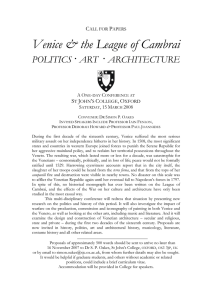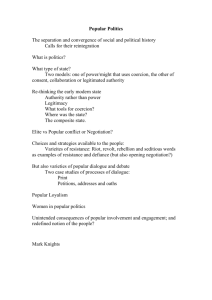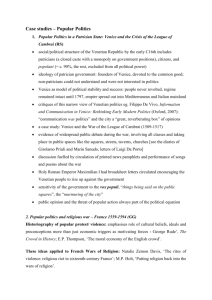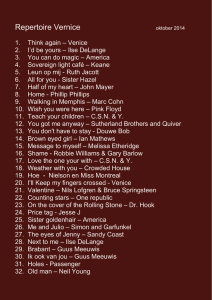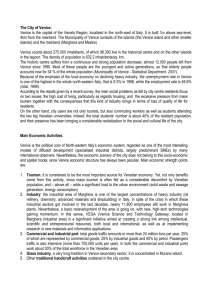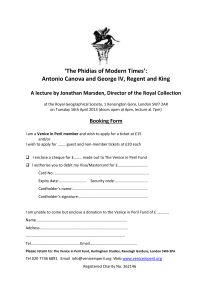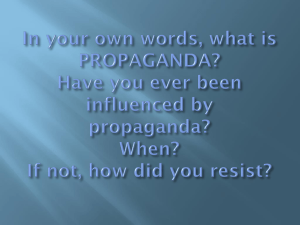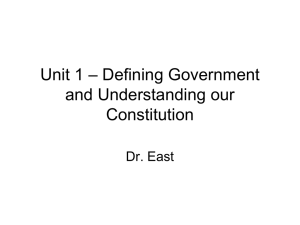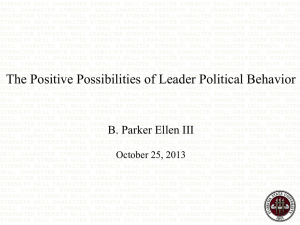The British Civil War (MK)
advertisement
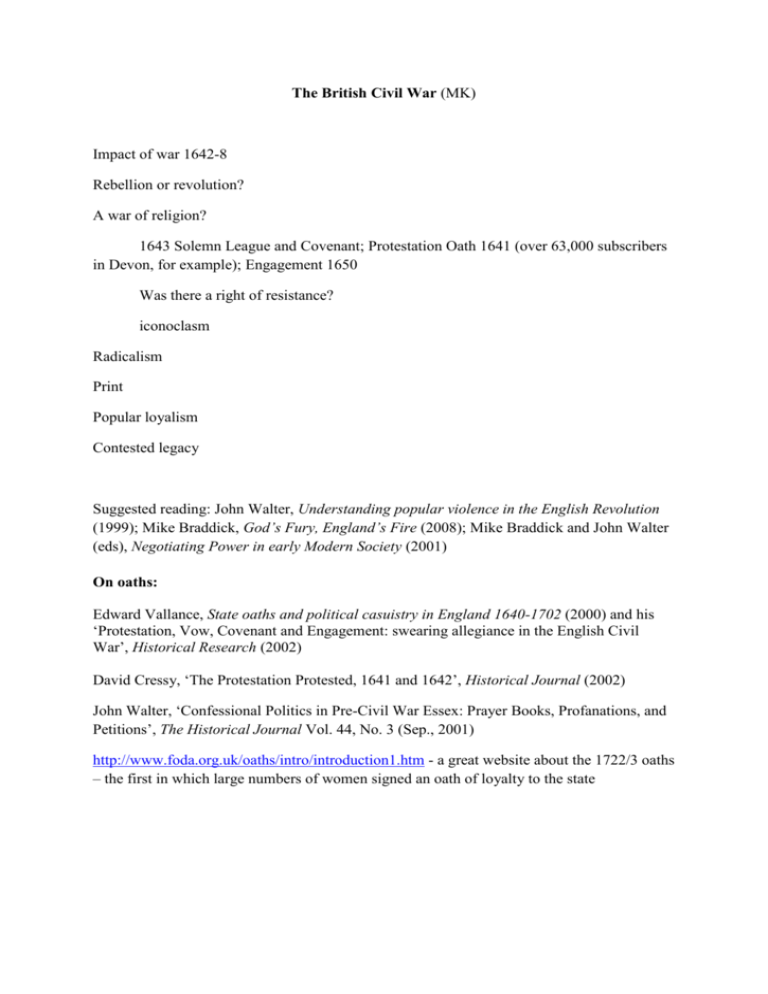
The British Civil War (MK) Impact of war 1642-8 Rebellion or revolution? A war of religion? 1643 Solemn League and Covenant; Protestation Oath 1641 (over 63,000 subscribers in Devon, for example); Engagement 1650 Was there a right of resistance? iconoclasm Radicalism Print Popular loyalism Contested legacy Suggested reading: John Walter, Understanding popular violence in the English Revolution (1999); Mike Braddick, God’s Fury, England’s Fire (2008); Mike Braddick and John Walter (eds), Negotiating Power in early Modern Society (2001) On oaths: Edward Vallance, State oaths and political casuistry in England 1640-1702 (2000) and his ‘Protestation, Vow, Covenant and Engagement: swearing allegiance in the English Civil War’, Historical Research (2002) David Cressy, ‘The Protestation Protested, 1641 and 1642’, Historical Journal (2002) John Walter, ‘Confessional Politics in Pre-Civil War Essex: Prayer Books, Profanations, and Petitions’, The Historical Journal Vol. 44, No. 3 (Sep., 2001) http://www.foda.org.uk/oaths/intro/introduction1.htm - a great website about the 1722/3 oaths – the first in which large numbers of women signed an oath of loyalty to the state Communication and Popular Politics in Sixteenth-Century Venice (RS) What part did communication play in opening up early modern politics? Venice an oligarchical Republic: social/political structure includes patricians, citizens, and popolani (the “people”) ideology of patrician government: founders of Venice, devoted to the common good; non-patricians could not understand and were not interested in politics Venice as model of political stability and success: no major revolts, regime remained intact until 1797, Venetian empire spread out into Mediterranean and Italian mainland critiques of this narrow view of Venetian politics eg. Filippo De Vivo, Information and Communication in Venice: Rethinking Early Modern Politics (Oxford, 2007): “communication was politics” and the city a “great, reverberating box” of opinions cf. D. Bellingradt, “The Early Modern City as a Resonating Box: Media, Public Opinion, and the Urban Space of the Holy Roman Empire, Cologne, and Hamburg ca. 1700”, Journal of Early Modern History, 16:3 (2012): 201-240. an early C16th case study: Venice and the War of the League of Cambrai (1509-1517) evidence of widespread public debate during the war, involving all classes and taking place in public spaces like the squares, streets, taverns, churches cf. S. Milner, “The Florentine Piazza della Signoria as Practiced Place”, in Renaissance Florence: A Social History, ed. R.J. Crum and J.T. Paoletti (Cambridge, 2006), 83-103 discussion fuelled by circulation of printed news pamphlets and performance of songs and poems about the war Holy Roman Emperor Maximilian I had broadsheet letters circulated encouraging the Venetian people to rise up against the government sensitivity of the government to the vox populi public opinion and the threat of popular action always part of the political equation
